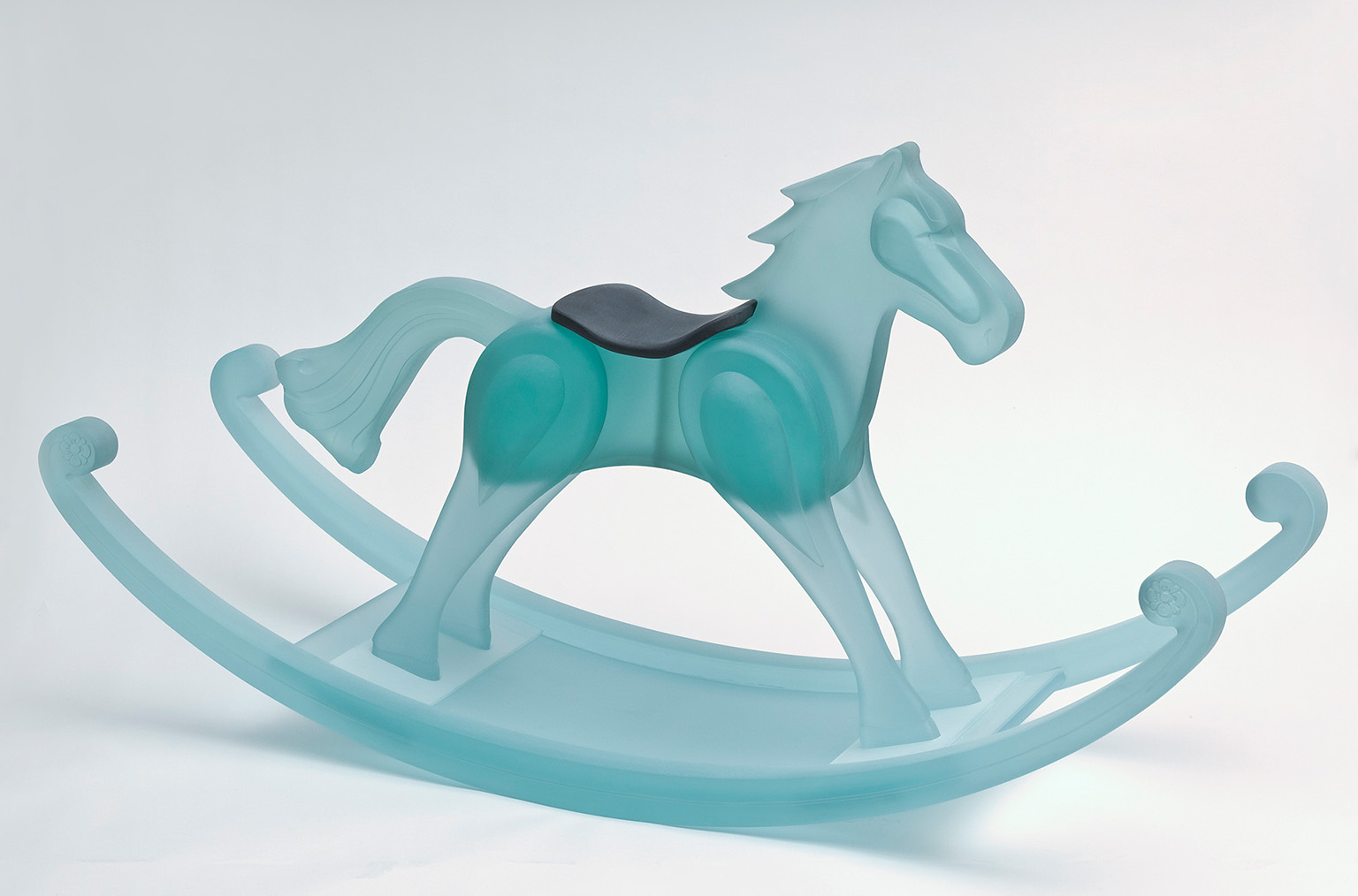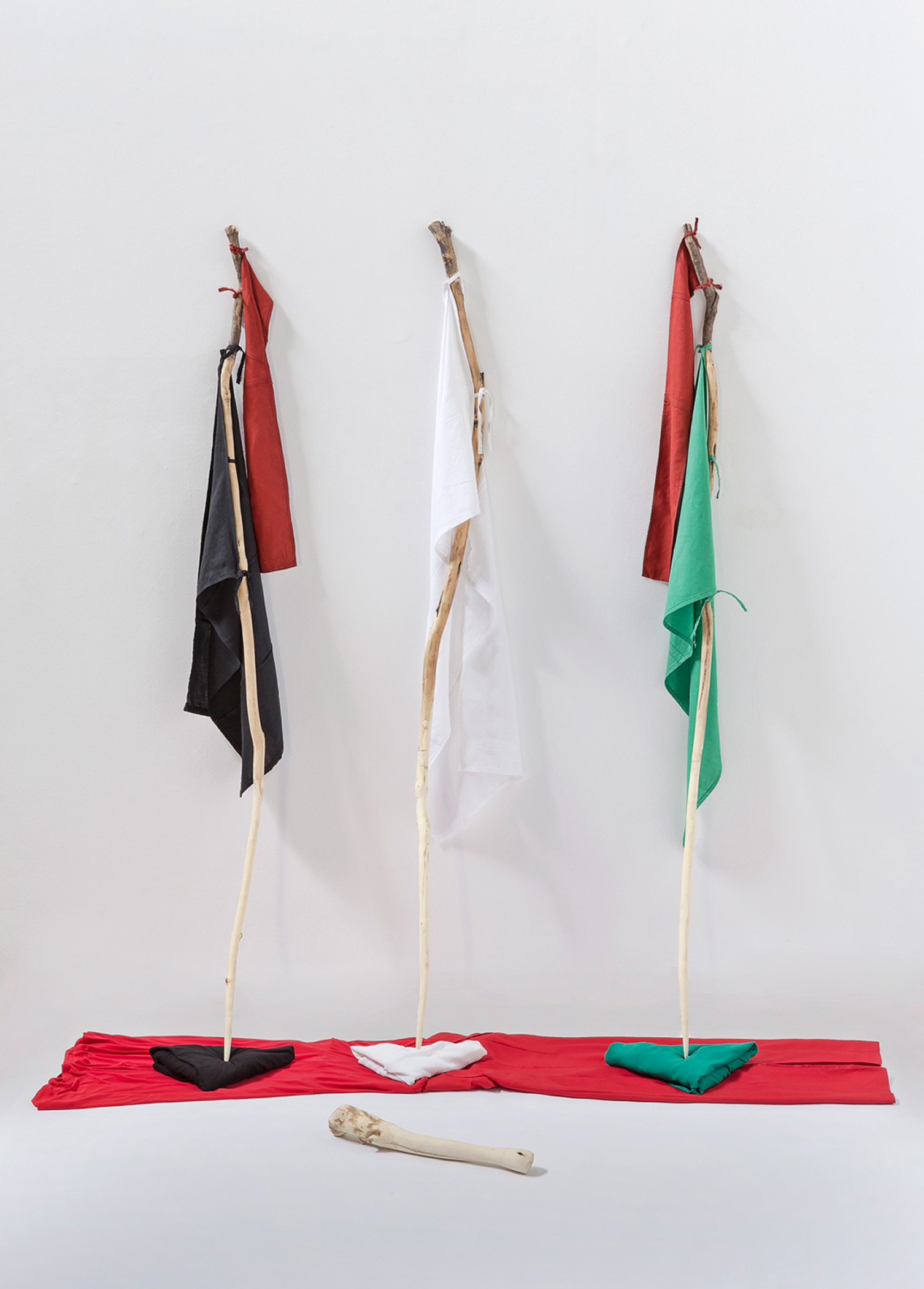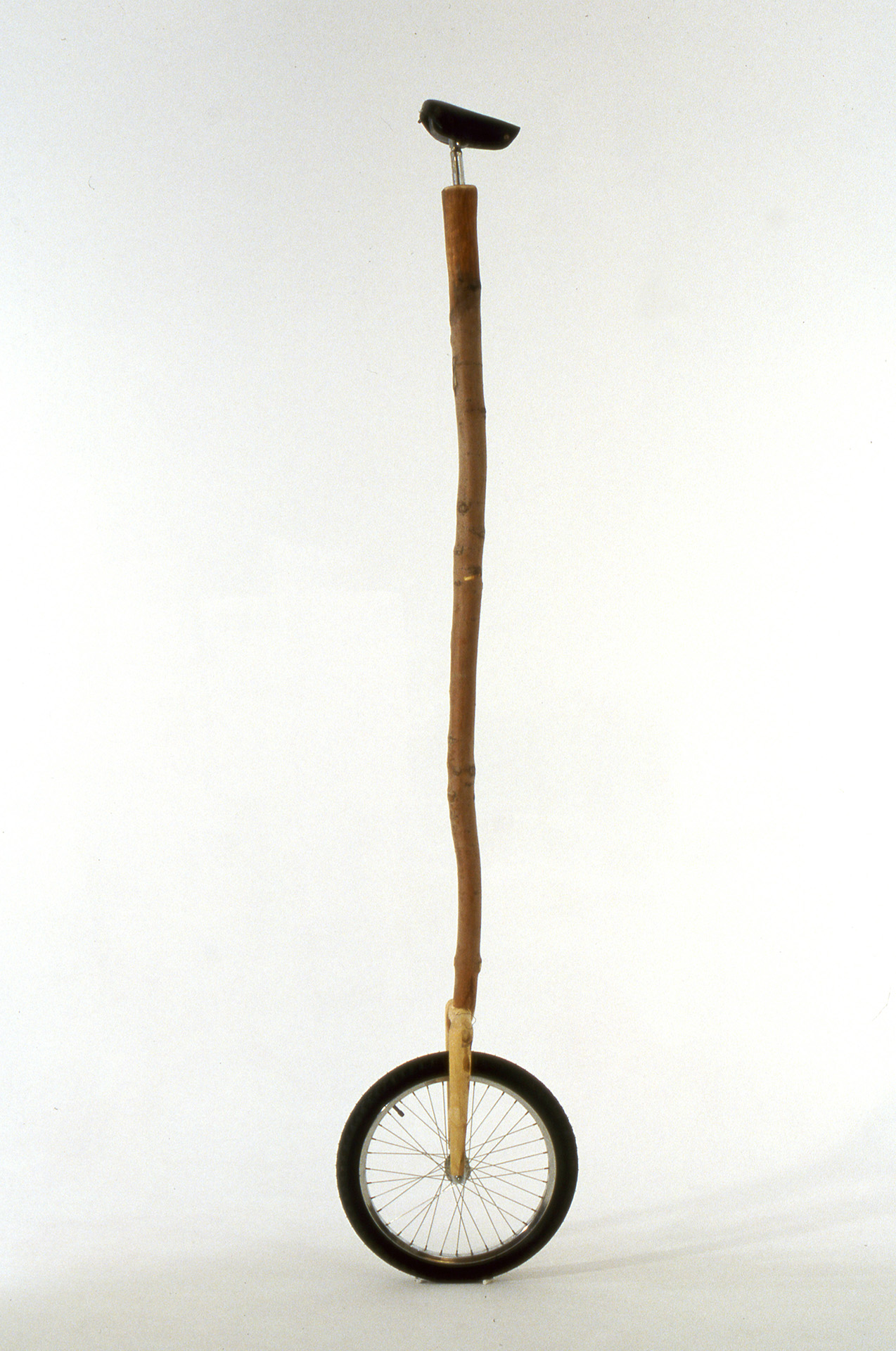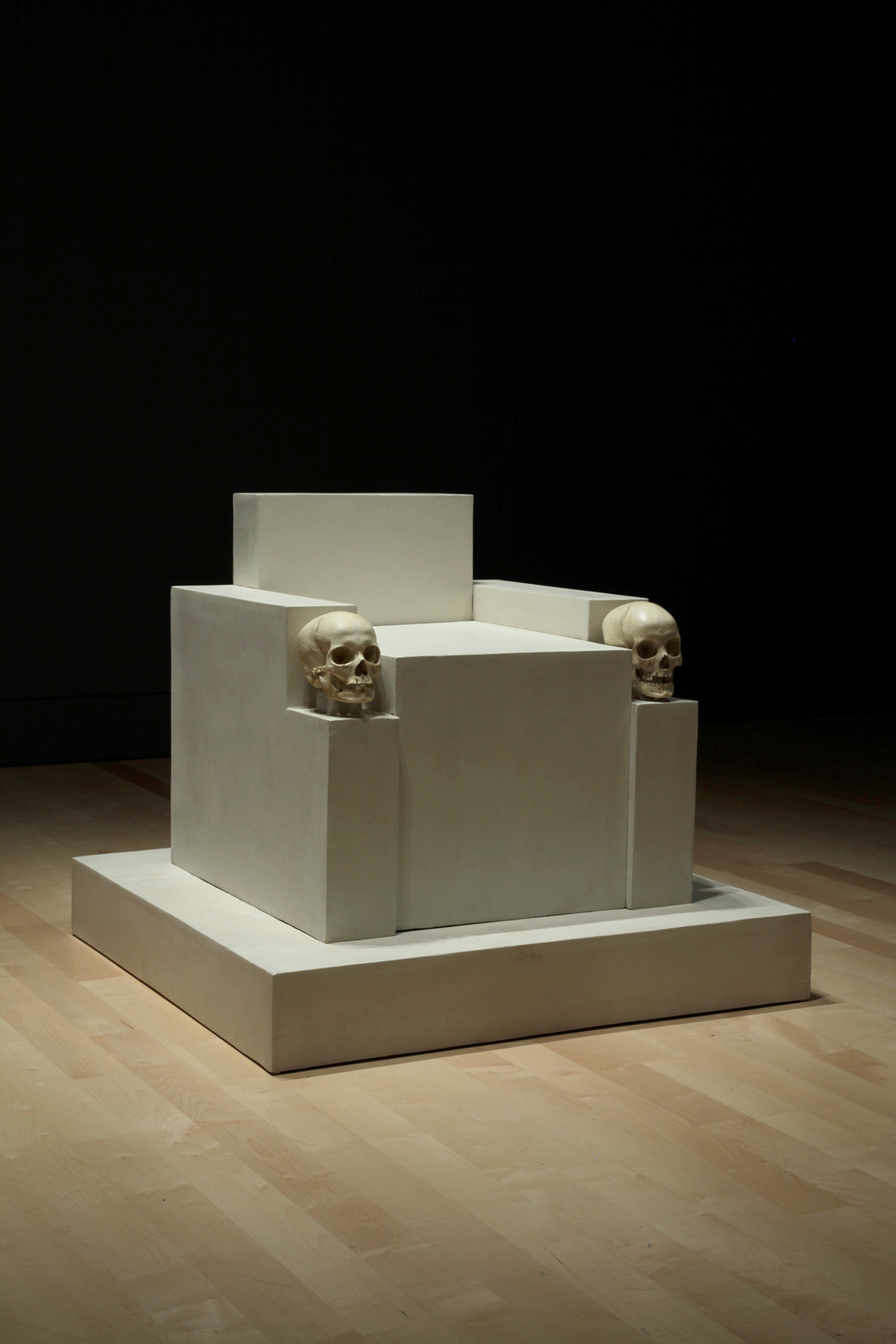View
Transcendent
by David Jager
Tim Whiten has now received two of the highest honours awarded to artists in Canada, the 2022 Gershon Iskowitz Prize and a 2023 Governor General’s Award in Visual and Media Arts. Both awards cement Whiten’s legacy as an outstanding and visionary Canadian visual artist and educator with strong ties to York University.
A founding member of York University’s visual arts program and professor emeritus of York’s School of the Arts, Media, Performance & Design, Whiten will receive a $75,000 cash award for the Iskowitz prize and a $25,000 cash prize for the Governor General’s Award. The Gershon Iskowitz Prize also provides Whiten with a solo exhibition at the AGO, scheduled for 2025.
At 81, Whiten can now look back at a lifetime of tremendous achievement.
His 50-year career teems with a wide range of work that includes drawing, sculpture, installation, performance and multimedia. He is a process-oriented artist who focuses on the transcendental. Says artist Max Dean, one of the members of the Iskowitz Prize jury, “One is at first taken in by the material, but the content of the work transcends.”

Whiten began his studies in psychology under psychologist Oscar Oppenheimer, whose theories of time, perception and memory encouraged his own deeply personal investigations of consciousness and spirituality, eventually leading to his visual arts practice. His immersion in psychology and the humanities, in addition to his proficiency in the plastic arts, led to him being invited to join the teaching faculty at York University in 1968. The job transplanted him from his native United States to Toronto, a short nine years after the University’s official founding.
York had a uniquely contemporary focus, and Whiten’s practice and teaching were a huge contributor to that focus
At York, Whiten essentially co-founded York’s visual arts program. Working with art historian Ronald Bloore (Hon. DLitt ’93) and printmaker Jules Heller (Hon. DLitt ’85), who served as Faculty dean, Whiten was crucial in helping develop the uniquely interdisciplinary, performance- and media-oriented curriculum that defines the program today.
“York had a uniquely contemporary focus, and Whiten’s practice and teaching were a huge contributor to that focus,” says Joyce Zemans, former director of the Canada Council for the Arts and former dean of the Faculty of Fine Arts (now the School of the Arts, Media, Performance & Design), who taught alongside Whiten before she became Chair of the Department of Visual Arts (1975-81). “He was very well loved by students for this reason.”




Many students of the program built by Whiten have gone on to become prominent curators, performers and visual artists, among them noted curator Michelle Jacques (MA ’95), Toronto gallerist Daniel Faria (MA ’03) and up and coming visual artist Victoria Moreno (BFA ’20). “My aim has always been to help students evolve and grow as people,” Whiten says.
Teacher is an identity that sits easier with him than artist. In conversation, he bristles at many of the assumed or received implications of the word, preferring instead to say he is an “image maker who also makes cultural artifacts.”

His materials include clothing, furniture and common tools recontextualized in such a way as to transform their received or common meanings. Whiten also uses wood, bone, animal skin and glass for performance rituals informed by the occult, the esoteric and the arcane.
Even so, Whiten is uncomfortable with any neat metaphysical summation of his work, stating that his primary purpose is a process-oriented engagement with viewers. “The works are gifts that are given to people so that they may be able to experience and find something that they may find of value,” he says. “They are a gesture of giving.” ■